Office to Residential Conversions: Here’s what you need to know.
Canada is currently facing simultaneous crises in housing affordability and an overabundance of office space due to a slow return to the workplace for many workers.
As a result, property owners are looking for creative solutions to both problems – and one of the most popular options is converting unused office spaces into apartments. This can be a complex process that requires careful planning, so it’s important to understand what needs to be done before beginning the project.
In this article, we will discuss some tips and strategies for remodelling an office space into apartments, as well as some potential pitfalls to watch out for.
Why Convert from Office to Residential Space?
Three years after the COVID-19 pandemic gutted out office spaces and made remote work mandatory, many workers have returned to the office, but not all.
Some workers realized that remote work has unique benefits for their productivity and work-life balance, and many organizations realized how much they can still get done without a physical office space. Across the country, property owners in nearly every downtown core are feeling the pain of vacancy in what were normally high-demand locations.
At the same time, Canada and the US are both facing housing affordability crises, driving up rents and putting pressure on governments to find solutions.
In 2021, the federal government dedicated $300 million to converting vacant commercial properties into rental housing to address this crisis. Despite a lack of details since this announcement, Calgary has taken the lead on this solution, dedicating $73 million to support office -> residential conversions. Given the pressures on all levels of government, similar initiatives are likely to follow in other municipalities across the country.
What are the Challenges to this Solution?
“Housing Crisis” =/= “Housing Shortage”
Many of the buildings suffering from commercial vacancies are prime real estate located in downtown cores, where prestige and proximity to amenities and other businesses previously enabled owners to charge high rents.
When businesses and organizations re-evaluated the necessity of their physical office space, these expensive locations were some of the first to go. Given the gradual and unpredictable pace of economic recovery and return to in-person work over the last few years, these spaces will likely be the last places to fill back up.
Owners looking to turn these vacant office spaces into residential spaces often intend to build high-end, luxury apartments to cover their costs. This is almost certainly a mistake, one born of a common misconception.
Unfortunately, when discussing Canada’s housing crisis, it’s common to refer to it as a “housing shortage,” implying that the total number of housing-seekers exceeds the total number of housing spaces.
In reality, there were over 1.3 million vacant homes in Canada as of 2021 and approximately only 235,000 homeless Canadians throughout the course of any given year, with only 25,000-35,000 homeless Canadians at any one time.
In reality, the “housing crisis” is not a shortage of housing but a shortage of affordable housing.
Property owners who try to recoup their costs by converting their vacant office spaces into luxury condos will likely find themselves back where they started, with an abundance of property too valuable to fill with tenants.
Instead, for this to be a viable solution, property owners need to convert high-value office space to lower-value residential space with smaller units and lower prices. This brings us to the next challenge: cost.
These conversions are not likely to be profitable or even cheap.
The lack of demand for high-value real estate means that owners will probably only be able to sell to developers at far lower prices than the same property would have fetched four years ago.
Should owners decide to keep the property and remodel it themselves, they’ll be faced with the challenge of adapting a layout designed for offices to the requirements of residential spaces. This means the complex adaptation of plumbing, HVAC, and electrical infrastructure to accommodate more compact space usage, as well as a much higher demand for window space in laying out rooms.
Depending on the building’s layout and local building and tenancy laws, converting some buildings is simply not legal.
The Brightside
As discussed previously, governments are feeling pressure from constituents to find solutions to the housing affordability crisis, and these conversions are a great way to solve two problems at once.
More municipalities are likely to follow Calgary’s lead and offer subsidies to developers and owners looking to convert their office space, making the switch more feasible and profitable.
Even municipalities that have not yet formally announced conversion subsidy funds may be open to proposals from property owners, depending on the size of the property.
Experts in Renovation and Remodelling
We pride ourselves on the quality, efficiency, and transparency of our construction and renovation services. Bilt’s expert project managers have been involved in numerous large-scale remodelling and renovation projects, including several major-franchise hotels. [link]
Check out more of our work to see what we can do, or get in touch with us today to learn more!


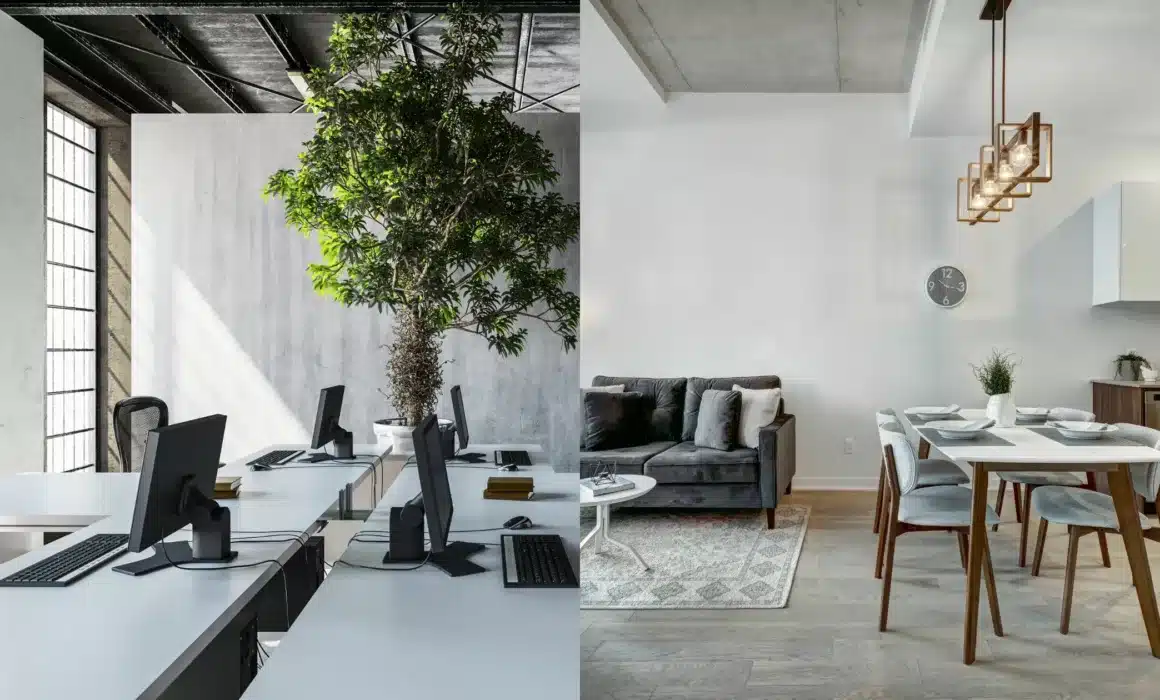


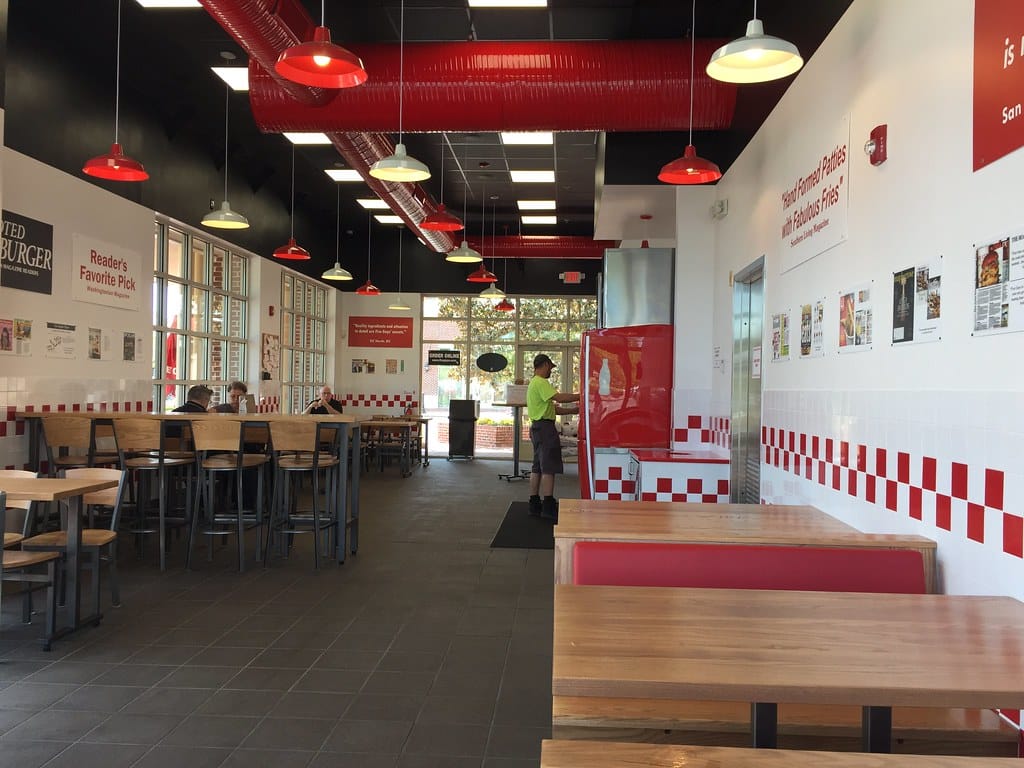




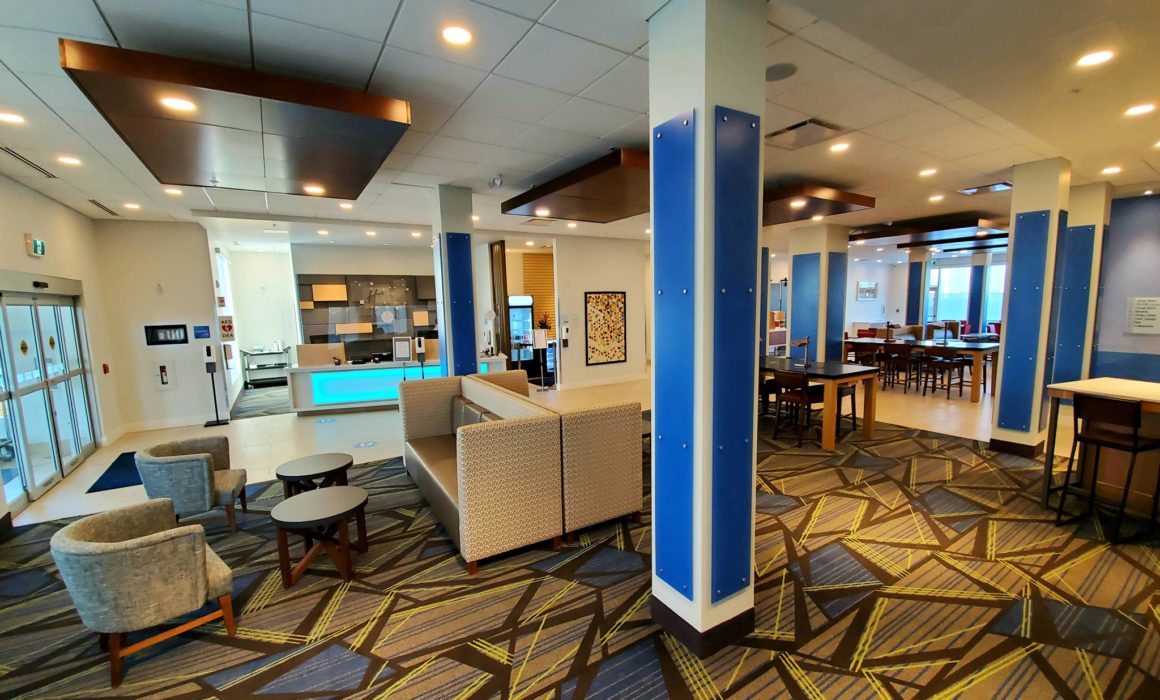
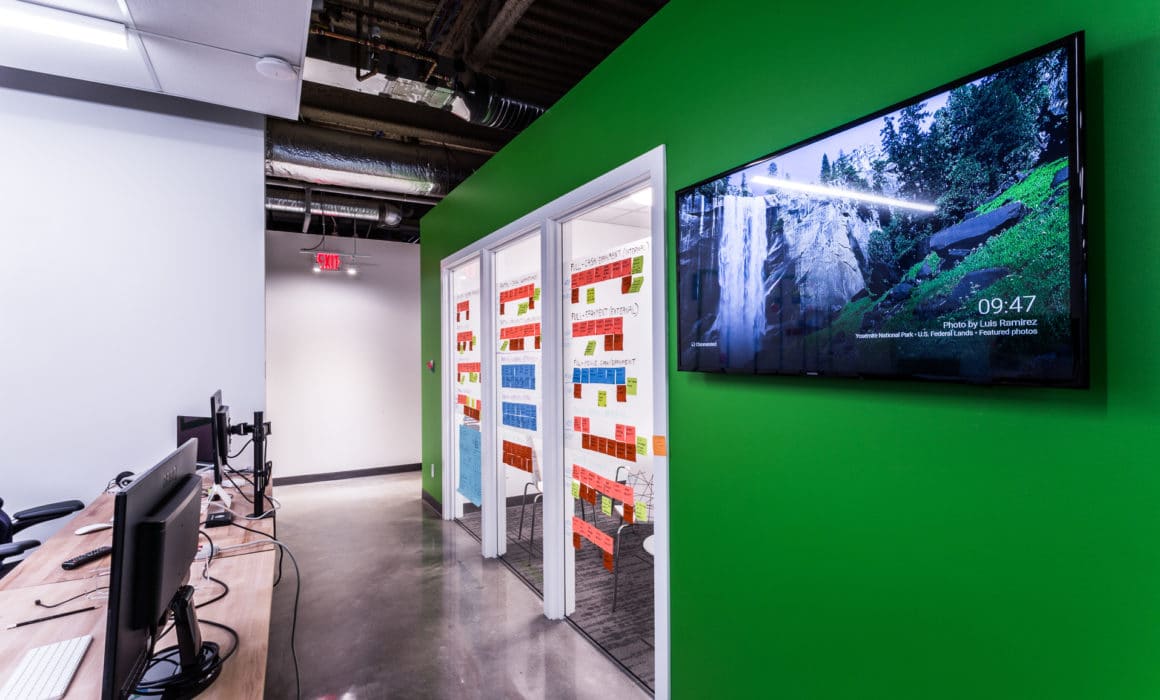
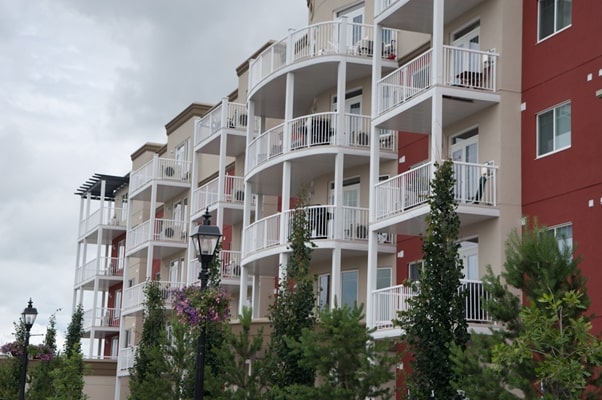
Recent Comments